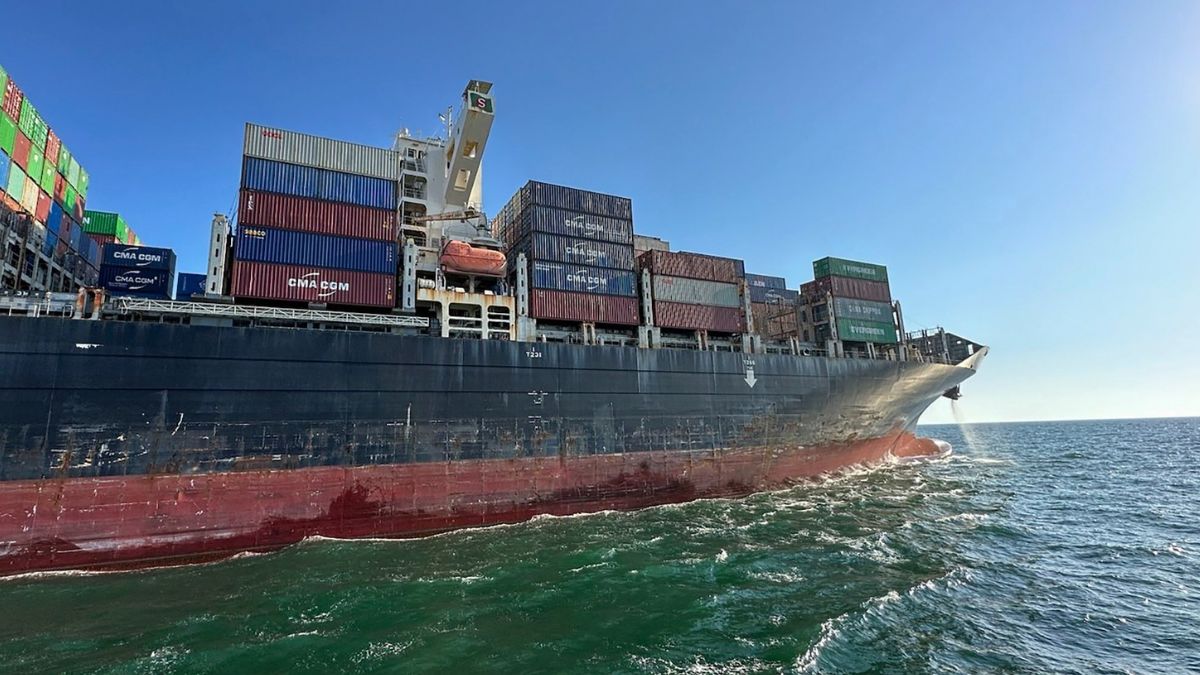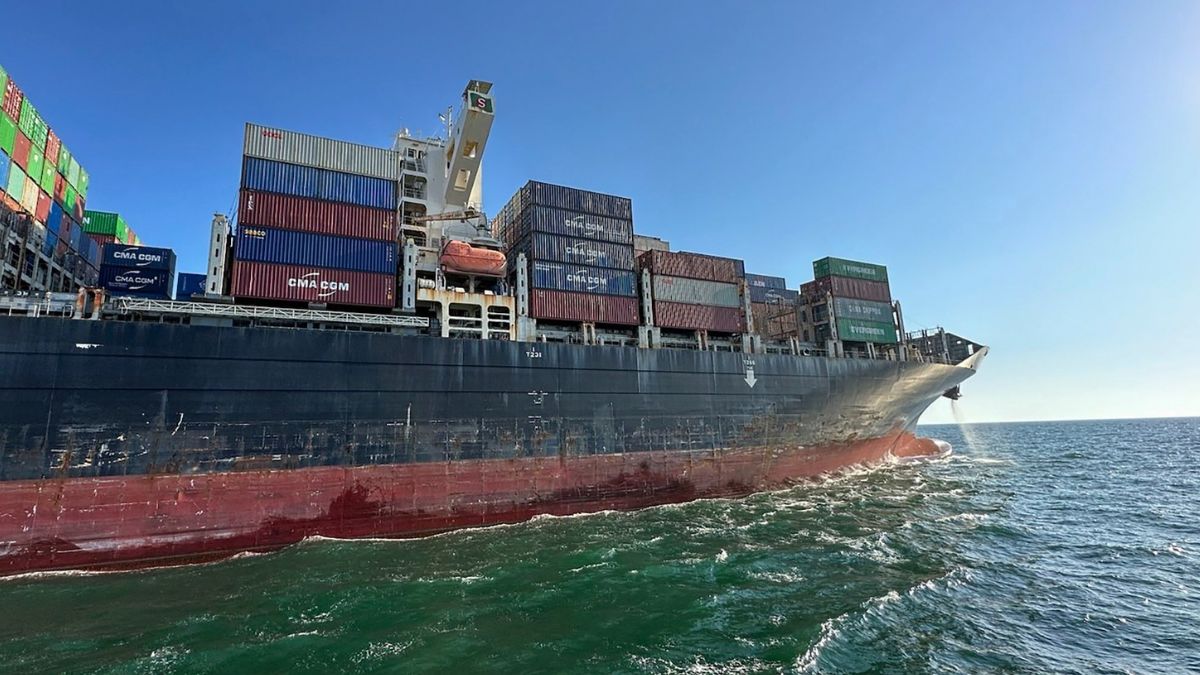After initial reports of Chinese incursion into Indian territory reported by Uttarakhand Chief Minister Harish Rawat, there is confusion whether it was an incursion or transgression. A report sent by Indo-Tibetan Border Police (ITBP) would be studied before a conclusion could be made.
Rawat also later downplayed the incident when he told ANI that there is “nothing to be alarmed”. It was only in April this year that Defence Minister Manohar Parrikar told Parliament that there have been no instances of incursions by Chinese troops into Indian territory. He further informed Parliament that all instances of transgression along LAC (Line of Actual Control) are taken up with the Chinese.
Sources told Firstpost that Rawat might have over reacted before it could be established that the Chinese were inside Indian territory. If at all the Chinese committed transgression then it would be due to differences in reading of the Line of Actual Control positions. And such incidents are taken up with the Chinese through an established mechanism.
The fact is that the reported incursion by Rawat in Uttarakhand has taken place in what is called the middle sector of the disputed border with China. Unlike the highly controversial eastern sector (Arunachal Pradesh) and western sector where Aksai Chin was occupied by China and part of it handed over to Pakistan, the 350-km-border that Uttarakhand shares with China was the least controversial. In fact, there was little dispute over it and in 2001 the Joint Working Group of the two countries on border settlement had exchanged maps of the middle sector.
It was assumed that with the exchange of maps of the middle sector this region would stay quiet.
However, China expert Jayadeva Ranade has cautioned the government against showing any complacency with the drop in reported incursions. He told Firstpost that “none of the sectors were sorted out though maps of the middle sector were exchanged. China has been trying to dominate and take over a number of places along the border and the grazing grounds in the Rimkhim ares is one such” “part of China’s policy of causing tactical turbulence while keeping the strategic levels of relationship on a state of just about decent repair”.
It was in 2015 that two new border points were opened following frequent disputes over incursion incidents.
Additional meeting points were opened at Daulat Beg Oldi in Ladakh, which was the site of a three-week-long stand-off incident in April 2013, and at Kibithu-Damai in Arunachal Pradesh in the east. The three other points are in Chushul/Spanggur in the western sector, Nathu La in Sikkim and Bum La near Tawang in Arunachal Pradesh in the east. Reports that another border point would be opened in the middle sector, however, did not materialise. Currently, the 3,380 km long India-China border is divided into western, middle and eastern sectors. In 1980, India and China resumed negotiations over the disputed border. While India suggested a sector by sector approach to solve the issue, the Chinese put forward a package deal idea that was given up after India expressed reservations. In 1982, the then Chinese supreme leader, Deng Xiaoping, had advanced an idea that the two countries agree to existing status-quo in eastern and western sectors. That meant that India would retain Arunachal Pradesh and give up parts of Ladakh, the Aksai Chin area, claimed by China. The Tawang monastery in Arunachal Pradesh was however claimed as a birthplace of the Sixth Dalai Lama. So far 19 rounds of border talks between the two countries have taken place with little headway on eastern and western sectors.
Foreign Minister Sushma Swaraj recently spoke of an “out of the box” solution for the decades old dispute but experts are unsure of what it means. In the meantime the push to build and strengthen the border infrastructure started at the initiative of the then prime minister Manmohan Singh in UPA 2 has gained steam under the Modi government. Last month the Border Roads Organisation commissioned a 31-km stretch of the strategically important 75-km-long Ghatiabagar-Lipulekh motor road along the India-China boundary in Uttarakhand.
“The rest of the road from Garbadhar to Bundhi which is hard rocky in nature is being constructed by a private company and will be ready by 2018,” said a Border Roads Organisation (BRO) officer in Dharchula, reported PTI.
In recent weeks, 100 T-72 tanks were airlifted to Ladakh, a move criticised by China that warned of its impact on investments in the country.
Commissioning of a stretch of road just months after inauguration of three bridges is part of belated effort by India started under UPA government to strengthen India’s border infrastructure.
China, making use of the Tibetan plateau built state of the art infrastructure on its side of the disputed border while India ignored building roads and bridges on its side of what is a difficult terrain.
In May last year a Parliamentary committee noted with concern that “in case of war, the (Indian) Army cannot reach Tawang area in a day. While our neighbouring country can reach the border within two or three hours, our Army takes more than a day to reach there. This is a matter of great concern with regard to our defence preparedness,” the parliamentary standing committee on defence said this week, expressing great “dismay”.
The Times of India reported in May 2015 that “India’s much-touted plans to build the infrastructure all along the LAC continue to flounder. Only 19 of the 73 “strategic” all-weather roads (which add up to 3,812km) identified for construction along the LAC for better troop mobility almost a decade ago, for instance, have been fully completed till now.”
But, the government has focused attention now and some bureaucratic confusion has been sought to be addressed.
Until last year the Border Roads Organisation was controlled by two ministries, road transport and defence. Now BRO comes under the complete control of defence ministry.
Shortage of equipment and staff is also being addressed and the Central government has sought to put an end to BRO working on state government road projects that have nothing to do with the requirement of the Indian military.


)




)
)
)
)
)
)
)
)